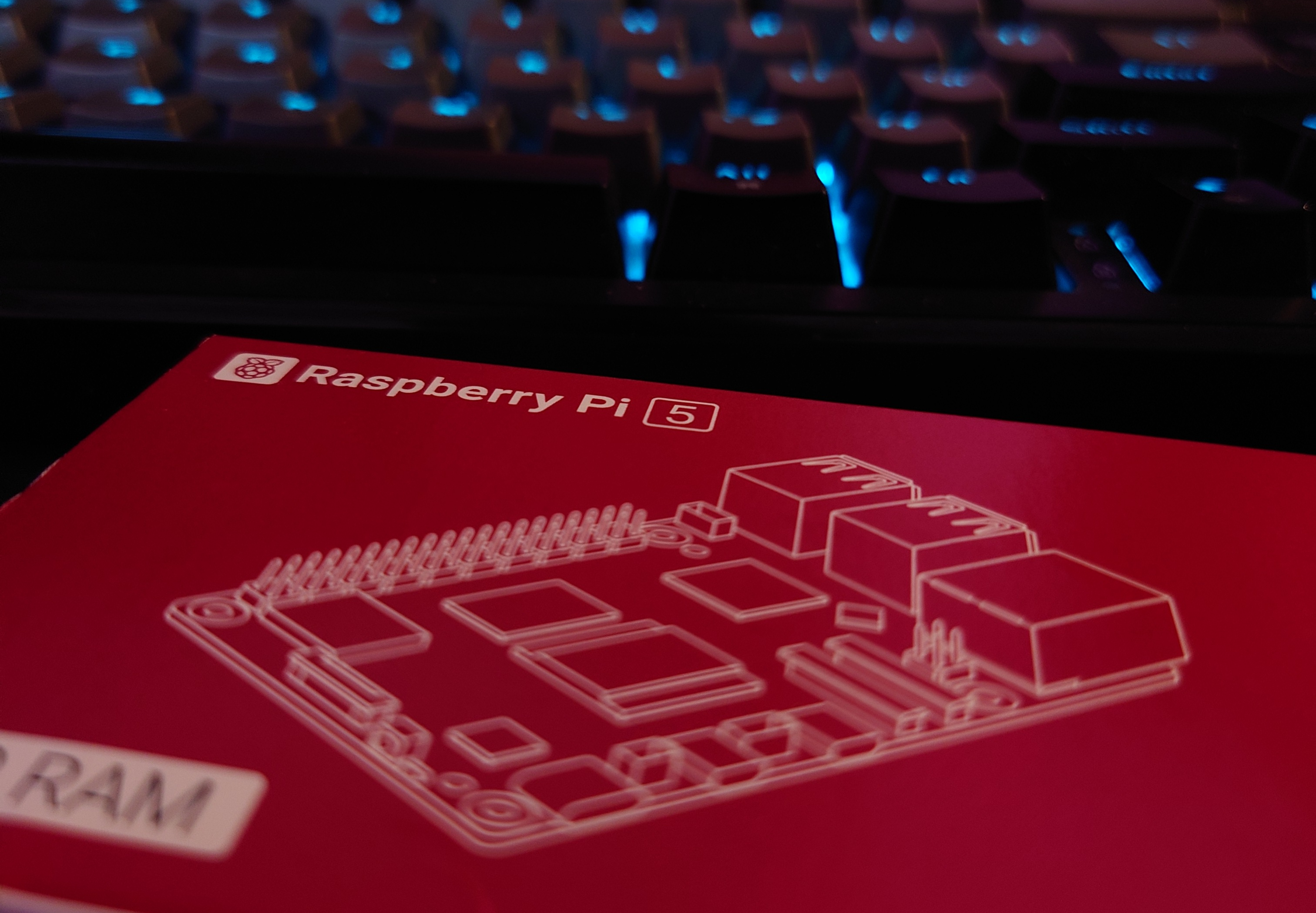I got my hands on the Raspberry Pi 5 few weeks ago, but I wasn’t able to use it for any purpose (more like I’m out of ideas). I mostly wanted to test the pihole in my network, but using Pi 5 just for that would be an overkill!
So I got a Raspberry Pi Zero 2 W and installed
Piholenatively. I wrote a post about it, feel free check-out. Also, when I ordered for the Raspberry Pi Zero 2 W, I forgot to order for a microSD, so I used the one in the Pi 5 which is a 64GB microSD card (I know it’s an overkill!). The entire Pi Zero is running just thePiholewith a 64GB microSD.
- Keep it mind that we’re using the Pi 5 as an headless machine!
- I’m using the Fedora Linux for setting up Raspberry Pi 5.
Let’s Install Raspberry Pi OS
Insert the microSD into a card reader and plug it into the computer.
- Choose the device that you want to install as:
Raspberry Pi 5 - Raspberry Pi 5, 500 and Computing Module 5
- Choose the Operating System as Raspberry Pi OS (other):
Raspberry Pi OS Lite (64-bit) - A port of Debian Bookworm with no desktop environment
- Choose the Storage as the one that you plugged. (and click “Next”…)
- Choose the device that you want to install as:
It would show a prompt, make sure to edit them by clicking the “Edit Settings” button:
- Set a custom
hostname,usernameandpassword(don’t forget!). - Configure the wireless network (since you are going to be using a headless machine, make sure that it can automatically
sshinto the network, else you won’t be able to access it unless you connect a keyboard & display). - Change the timezone and keyboard layout (optional!)
- Head into SERVICES > Click “Enable SSH - Use Password Authentication”
- Feel free to check other settings (if you completed the above mentioned steps, then you are done!)
- Set a custom
Finally, click install it would download and install the OS in ~30 minutes.
Let’s ssh into the Pi 5
- Login to your router and copy the IP address allocated the hostname
pi-master. - Then,
sshinto the Pi 5:
ssh username@192.168.1.x
Replace
username&192.168.1.xwith the your credentials.
- Update the packages
sudo apt update && sudo apt upgrade
By now, you would have a stable OS running in the Pi without any problems!
